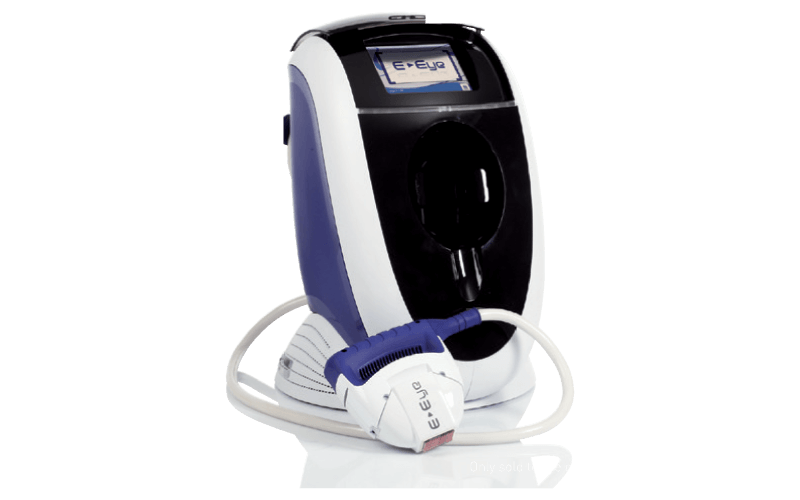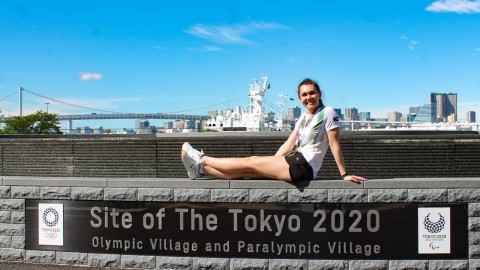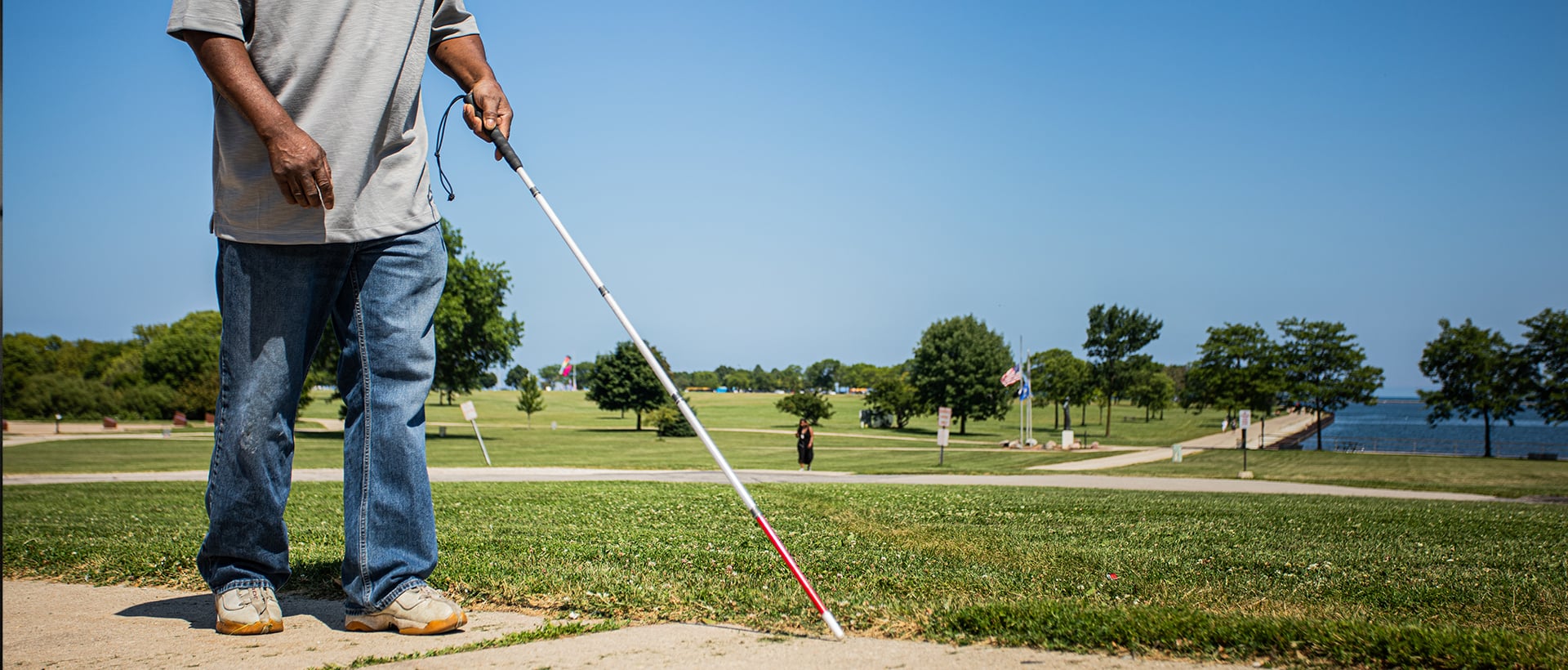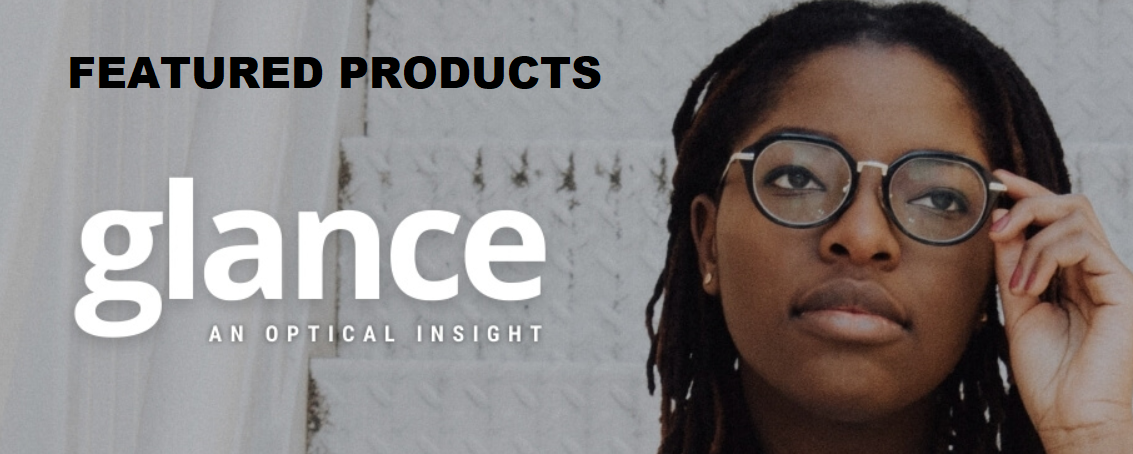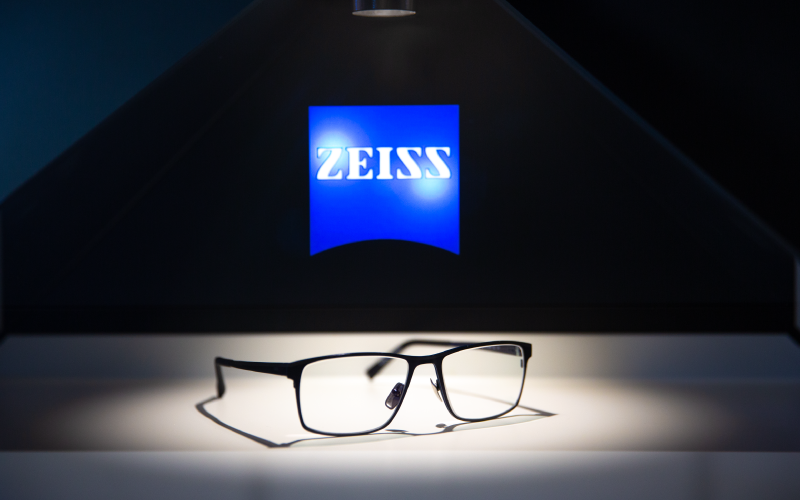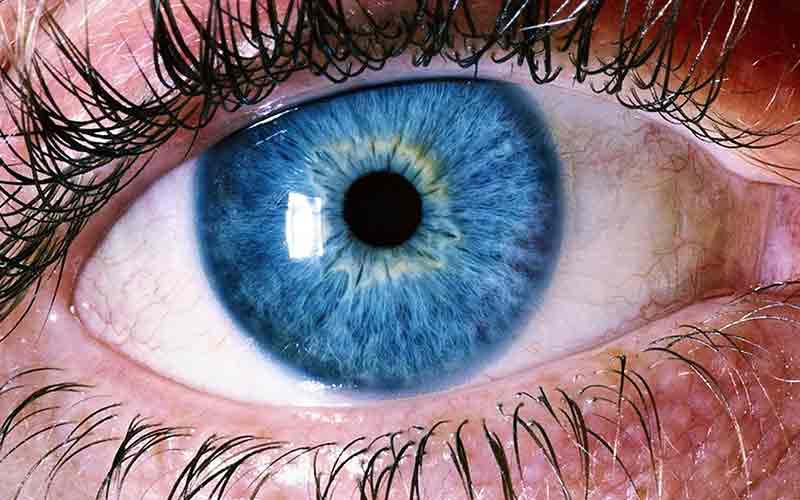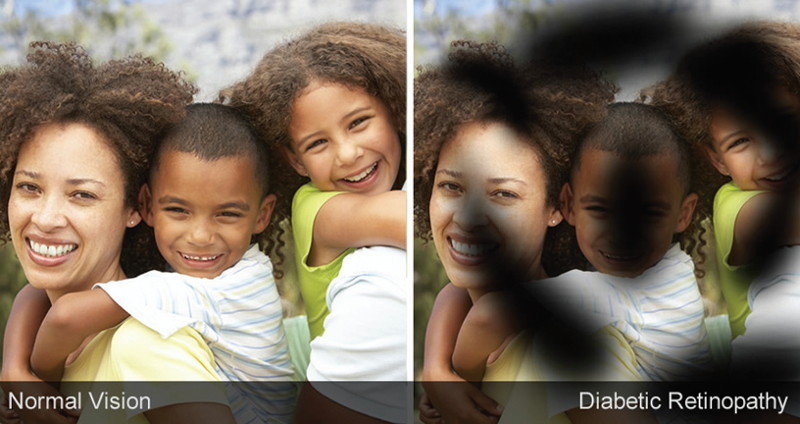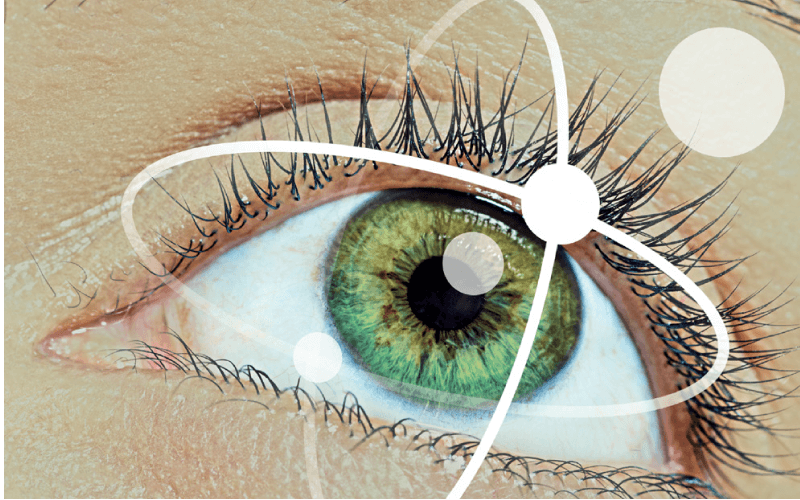There has not been much for optometrists to shout about over the past few years with many practices struggling, increased competition and relying on the sale of spectacles and contact lenses as our main source of income. Many of us have just become refractionists with an eye on retail sales rather than offering proper patient care. There has also been very little for us to really sink our teeth into regarding actually treating patient problems rather than providing a crutch or relief of symptoms.
The ophthalmologist has had the monopoly on treatments, until now that is!
The landscape of optometrists is about to change dramatically in South Africa just as it has done in other countries such as Australia, New Zealand and the UK. With it, comes increasing patient numbers, profits and reputations for those who embrace it and the opposite for those who don’t.
Now there is a device on the market that not only specifically treats Meibomian Gland Dysfunction and Dry Eye Syndrome but prevents it too… to those who don’t use a slit lamp… that is about 50% of the population young and old (and that’s a very conservative estimate!). Not only does it treat all MGD problems, it dramatically improves the lives of those suffering styes, chalazions and meibomian cysts.
The device called the ‘E-Eye’ is available for use by optometrists which means that those troublesome dry eye problems that you used to have to refer to an ophthalmologist can now be done in your rooms instead. The biggest impact of this device though has been in the number of people walking into practices who would not have traditionally gone to an optometrist or ophthalmologist for irritated eyes but instead just goes to the pharmacy and purchases eye drops every month. Those people are now walking into practices specifically for the treatment of their irritated eyes. The spin off of this of course is that word gets around quickly when someone says they no longer have to use eye drops and refers their family and friends to the place that treats it. Not only is there the benefit of increased revenues from doing the treatments and then increased patient numbers but it also presents the optometrists with an enhanced reputation for being up with technology and patient care that has a knock on effect to their eye tests, spectacle sales and contact lens sales. If a person is using any type of lubricating eye drops, this treatment is likely to work for them.
There is only ONE device…
- CE medically approved specifically for treatment of MGD and dry eye syndrome
- CE medically approved for use by optometrists
- In the event of patient litigation is legally certified for eye treatments
- That mechanism of action is by neurological stimulation rather than vascular (meaning it does not require to be constantly repeated)
- That requires NO maintenance
- With a 2 year unconditional warranty
- That requires no filter changes
- Capable of doing skin type V (which represents 88% of the South African population)
- That is a true IRPL device- (intense REGULATED pulse light device)
- That has patented light flash technology
- That has patented air cooling technology
- That is clinically proven to treat surgical pre and post operative dry eye symptoms
- That treats 100% of dry eye cases related to MGD and other causes
It is called… e.Etje
The patient then stays with the practitioner who treated them and therefore is more likely to purchase their next pair of spectacles or contact lenses from them. It becomes a win-win situation for everyone and gives you an option not associated with large retail groups focused only on sales.
You can put the professional back into eye care professional!! So here are the basics… Dry Eye Syndrome occurs when either not enough tears are produced or those that are produced are of poor quality. Symptoms can be made worse by modern lifestyle activities such as working on computers, working in air conditioned rooms, mobile phones, driving and wearing contact lenses. But it’s not only lifestyle activities that cause Dry Eye Syndrome, the biggest culprits are medications (such as anti-depressants, contraceptive pills and preservatives), diseases (Diabetes, thyroid, Auto-immune diseases) and Surgery to the Ocular surface (LASIK, Cataract surgery).
Symptoms of dry eye syndrome include:
- Sore eyes
- Burning Eyes
- Dryness
- Scratchiness
- Stinging eyes
- Excessive tears
- Blurry vision
- Red eyes
- Grittiness (foreign body sensation)
- Sensitivity to light
- Trouble with glare
Complications (if the disorder is not treated)
- Increase in vision disorders
- Permanent discomfort
- Inability to wear contact lenses
- Anatomical modifications
- Atrophy of the meibomian gland orifices
- Episodical infections, styes, chalazion, meibomian cysts, conjunctival secondary infections
- Apparition of micro-ulcerations of the cornea
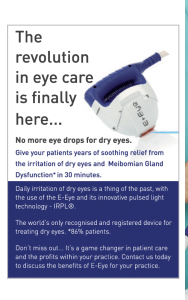
Meibomian Gland Dysfunction has been identified as the principal cause of Dry Eye Syndrome throughout the world. In South Africa the rate of incidence is far higher than the average of 15%.
Meibomian Gland Dysfunction is also known as Blepharitis. This results in the important oil layer (lipid) of our tears being unstable and thinner than it should be, causing an inefficient production of tears or excessive evaporation. It is now acknowledged that the majority of evaporative cases are primarily due to the lack or insufficiency of the external lipid layer of the lacrimal film, produced by the meibomian glands. There are approximately 80 meibomian glands in the upper and lower eyelids of each eye. These glands produce an oil called the lipid layer, avoiding tear evaporation and adapting tears to the irregularities of the eye surface. Lipids are made of polarized fatty acids. Their fluidity is ensured by the body temperature. They are non-polarized on the surface, giving stability to the lacrimal fluid and allowing the lubrication of the palpebral conjunctival plan. The contraction of the Riolan muscle allows the lacrimal film to spread out.
So How does the E-Eye work?
E-Eye is a non-invasive medical device that has been specifically designed for treating 100% of dry eye cases due to MGD. It is the only device in the world CE medical grade certified for eye treatments and for use by optometrists and ophthalmologists. It generates patented intense regulated pulsed light (IRPL) by producing perfectly calibrated and homogenously sequenced light pulses. The energy, spectrum and time period are precisely set to stimulate the meibomian glands in order for them to return to their normal function. The IRPL is fired 5 times under each lid indirectly at the meibomian glands via the parasympathetic nervous system through the skin. Again it is the only device in the world that works on the neurological system around the meibomian glands and therefore there are no side effects or hyperaemia present after the treatment. Each treatment takes about 10 minutes to perform so it is quick, efficient and easy to do in any small space available. It is recommended that 3 treatments are performed, on days 1, 14 and 45 to ensure long term efficacy as the effect of each treatment is cumulative.
The results are startling with 86% of patients experiencing a dramatic improvement after only two treatments and over 90% of patients not having to put eye drops in again between 6months to 3 years (the device is only 3 years old!)
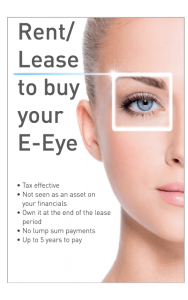
Normally only the bottom lids are treated due to the results been so good from these alone that it has been deemed not necessary to treat the top lids. In severe cases where results are not what they should be then the top lids are also treated. Because it is performed through the skin, the colour and type of a patients skin is very important to assess. The skin is assessed on what they call the Fitzpatrick scale of which there are 6 skin types, from white(type 1) to black (type 6). The majority of the South African population are skin type 4 and 5. The E-Eye is once again the only device CE medically certified to do these skin types and can therefore be used for treating 98% of the South African population.
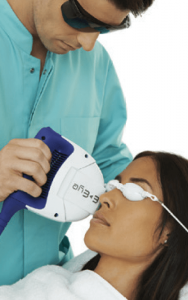
Welcome to South Africa E-Eye… the only future growth prospect that will differentiate your practice from the rest and actually make you a profit. But be warned… because the device is so intricate in design and manufacture the company has only made available a limited number of devices for the South African market which equates to about 1 in 15 practitioners. They have no intention of flooding the market which is why some will win and others will lose…W
EwEge
Contact details:
- T: +27(0) 64 450 5070
- C: +27(0) 74 233 5070
- E: conan@e-eye.co.za
- W: e-eye.co.za
E-Eye is solely distributed by
LOMAS HEALTHCARE
Published in EYESITE.co.za Magazine July 2017

